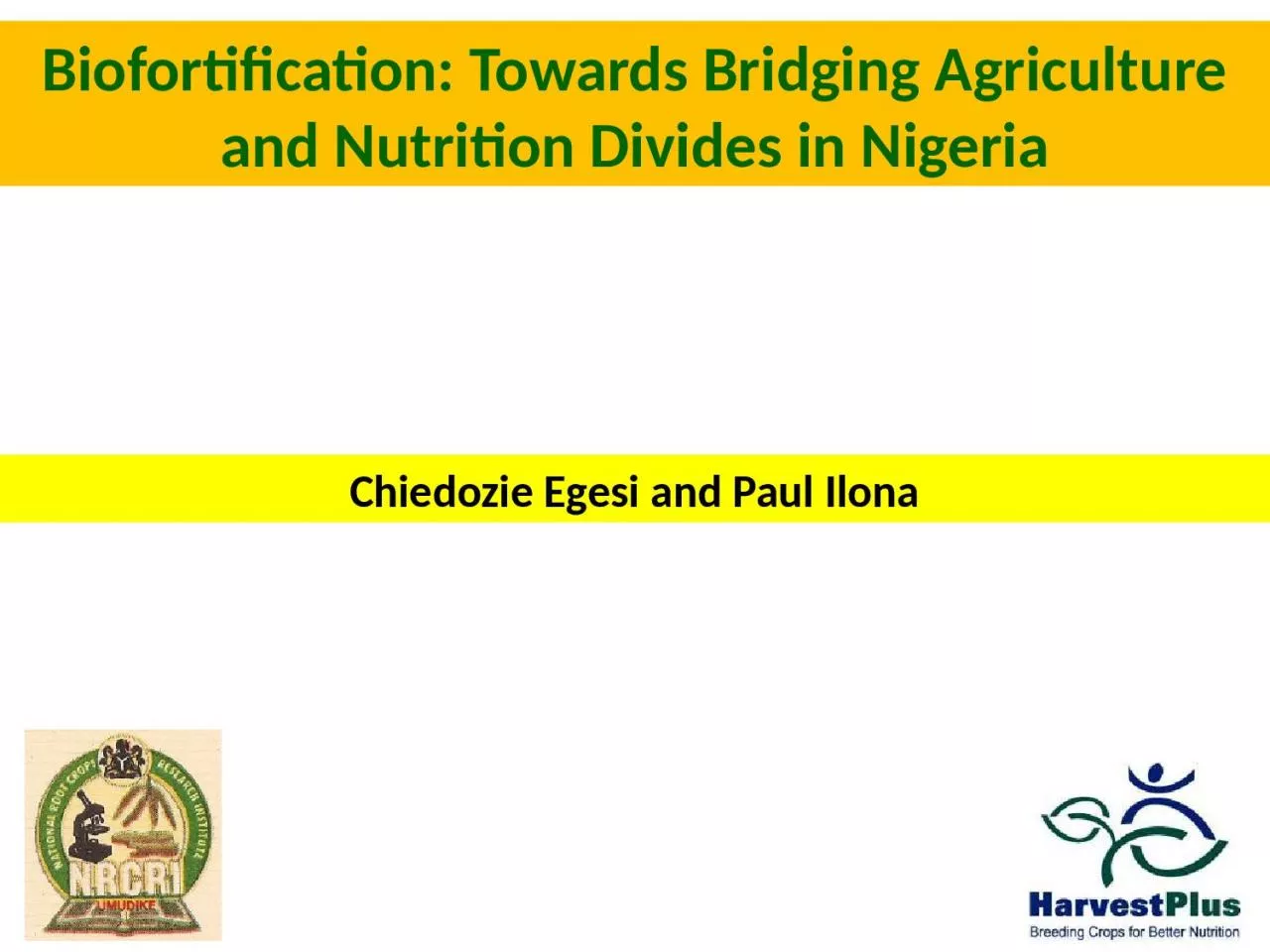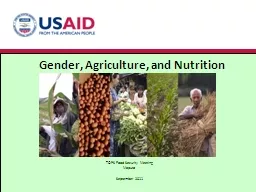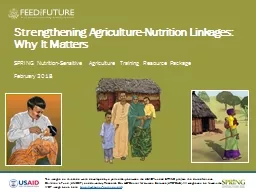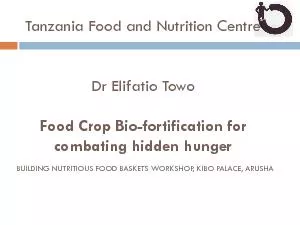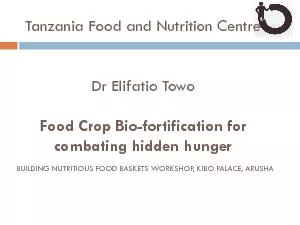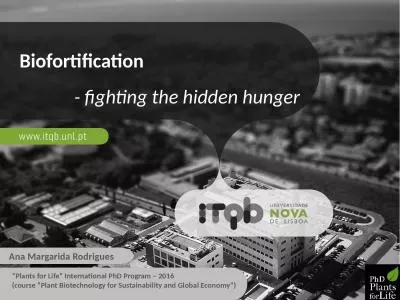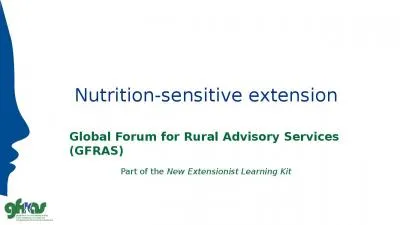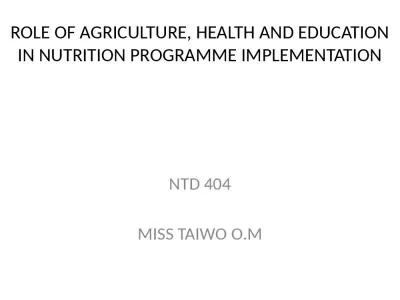PPT-Biofortification : Towards Bridging Agriculture and Nutrition Divides in Nigeria
Author : christina | Published Date : 2024-03-13
Chiedozie Egesi and Paul Ilona Micronutrient Malnutrition Micronutrient malnutrition or the hidden hunger affects about half the worlds population Mostly affecting
Presentation Embed Code
Download Presentation
Download Presentation The PPT/PDF document "Biofortification : Towards Bridging Agri..." is the property of its rightful owner. Permission is granted to download and print the materials on this website for personal, non-commercial use only, and to display it on your personal computer provided you do not modify the materials and that you retain all copyright notices contained in the materials. By downloading content from our website, you accept the terms of this agreement.
Biofortification : Towards Bridging Agriculture and Nutrition Divides in Nigeria: Transcript
Download Rules Of Document
"Biofortification : Towards Bridging Agriculture and Nutrition Divides in Nigeria"The content belongs to its owner. You may download and print it for personal use, without modification, and keep all copyright notices. By downloading, you agree to these terms.
Related Documents

